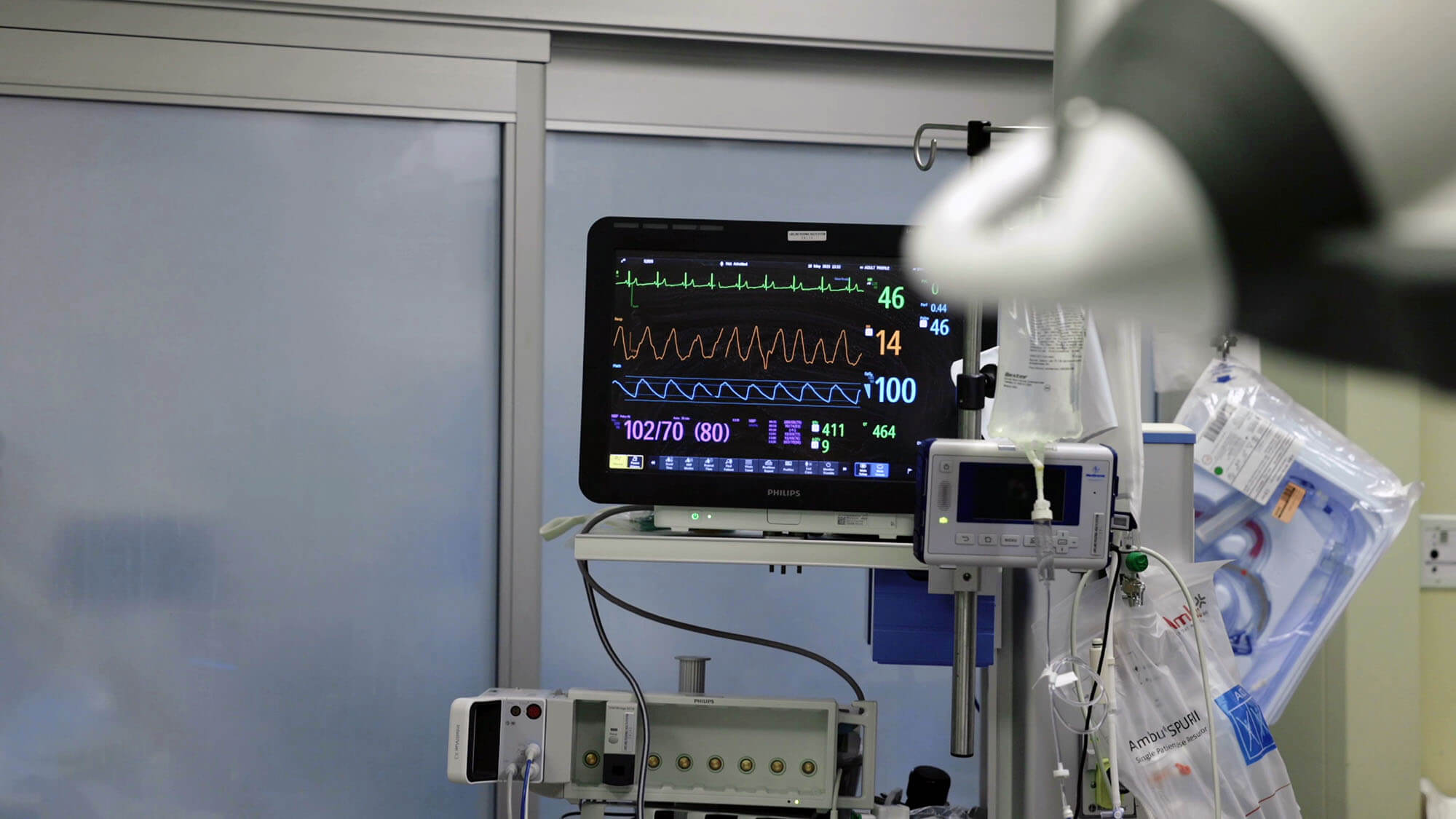Prioritizing Accessibility of Medical Devices for All Patients by Integrating Empathy into Design

08 Apr 2025
The Path to Making Medical Devices Truly User-Friendly and Inclusive
The need for medical devices that are not only innovative but also accessible to all patients has never been more important. As the healthcare industry continues to integrate advanced technologies into daily life, the focus must shift towards creating devices that are intuitive, easy to use, and designed with the diverse needs of patients in mind. The principles and practices that can help medical device manufacturers ensure their products are truly accessible, offering insights into user-centered design, the importance of empathy, and the critical role of testing and feedback in the development process.
The principles and practices that can help medical device manufacturers ensure their products are truly accessible include insights into user-centered design, the importance of empathy, and the critical role of testing and feedback in the development process.
The Imperative of User-Centered Design
The concept of user-centered design is not new, but its importance in the development of medical devices should not be overstated. At its core, user-centered design is about involving the people who will ultimately use the product—the patients—in the design process from the very beginning. This approach ensures that devices are not only functional but also meet the real-world needs of users.
For patients with chronic conditions or disabilities, the daily interaction with medical devices can be a source of stress and anxiety. Devices that are overly complex or difficult to use can exacerbate these feelings, leading to underutilization or chronic misuse. To combat this, manufacturers must prioritize ease of use, ensuring that devices are simple, intuitive, and as non-intrusive as possible.
Empathy in Design: Seeing Through the Patient's Eyes
Empathy is a crucial element in designing medical devices that are truly accessible. Designers must go beyond the technical specifications and immerse themselves in the experiences of the patients who will use these devices. This means considering not only the physical aspects of device usage but also the emotional and psychological impacts.
For example, a device that requires frequent interaction should be designed to minimize discomfort and reduce the potential for frustration. This might involve simplifying the user interface, reducing the number of steps required to perform a function, or ensuring that the device can be used comfortably by patients with varying levels of dexterity or cognitive abilities.
Moreover, it’s essential to think about the broader context in which these devices are used. A device that works seamlessly in a controlled environment may fail to meet the needs of patients when used in their everyday lives, where distractions, noise, and other factors can interfere with its operation. By engaging with patients and observing how they use these devices in real-world settings, designers can identify potential pain points and address them early in the development process.
The Role of Testing and Feedback
Thorough testing is another critical component of making medical devices more accessible. This goes beyond standard regulatory compliance; it involves rigorous user testing with a diverse group of patients, including those with physical, cognitive, and sensory impairments. Feedback from these users is invaluable in refining the design and ensuring that the device is genuinely user-friendly.
For instance, visual impairments can present significant challenges for patients using medical devices. Designers must consider factors such as text size, contrast, and the overall visual complexity of the device interface. The goal should be to create a product that is easy to navigate and understand, even for those with reduced vision.
Similarly, hearing impairments require thoughtful design considerations. Many medical devices rely on audible alarms or notifications, which may not be effective for users with hearing loss. Alternative methods, such as visual alerts or haptic feedback, can help ensure that these patients receive critical information without missing important cues.
Designing for Physical Impairments: Ergonomics and Comfort
Physical impairments, such as limited dexterity or mobility, also need to be addressed in the design of medical devices. Ergonomics plays a vital role here, as devices must be comfortable to use and operate for extended periods. This might involve designing controls that are easy to manipulate for patients with arthritis or creating devices that can be easily operated with one hand.
Additionally, the design should account for the diverse body types and physical capabilities of users. This requires going beyond the standard ergonomic models, which often assume a one-size-fits-all approach, and instead, tailoring devices to accommodate a broader range of users.
The Importance of Inclusivity in Healthcare Design
Inclusivity in healthcare design is about recognizing that patients come from diverse backgrounds and have varying needs. It means designing products that are not only functional but also respectful of the user’s dignity and preferences. For instance, some patients may not want their medical devices to be easily identifiable or to draw attention to their condition. Creating devices that are discreet and aesthetically pleasing can help patients feel more comfortable using them in public or around others.
Furthermore, as the global population ages and the prevalence of chronic illnesses increases, the need for accessible medical devices will only grow. Manufacturers must rise to the challenge by creating products that are equitable, ensuring that all patients—regardless of their abilities—can benefit from the latest advancements in healthcare technology.
A Clear Path Forward
The future of medical device design lies in the balance between innovation and accessibility. By prioritizing user-centered design, empathy, thorough testing, and inclusivity, manufacturers can create devices that not only meet the highest standards of safety and efficacy but also improve the quality of life for patients.
As we continue to advance in the field of healthcare technology, the focus must remain on making medical devices that are accessible to all, ensuring that no patient is left behind.

